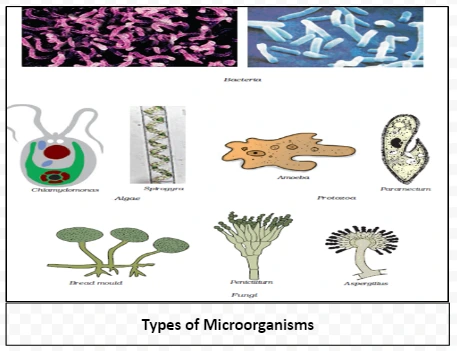![]() 18 Dec 2023
18 Dec 2023
Microorganisms, microscopic life forms encompassing bacteria, viruses, fungi, and protozoa, play crucial roles in diverse ecosystems. Their impact spans nutrient cycling, disease, biotechnology, and environmental balance, highlighting their significance in the intricate web of life.

Viruses
Diseases like dysentery and malaria are caused by protozoa (protozoans) whereas typhoid and tuberculosis (TB) are bacterial diseases.
In summary, microscopic life, including bacteria, viruses, fungi, and protozoa, intricately influences ecosystems. From DNA replication to environmental adaptation, their role is pivotal in sustaining the delicate balance of the web of life.
<div class="new-fform">
</div>